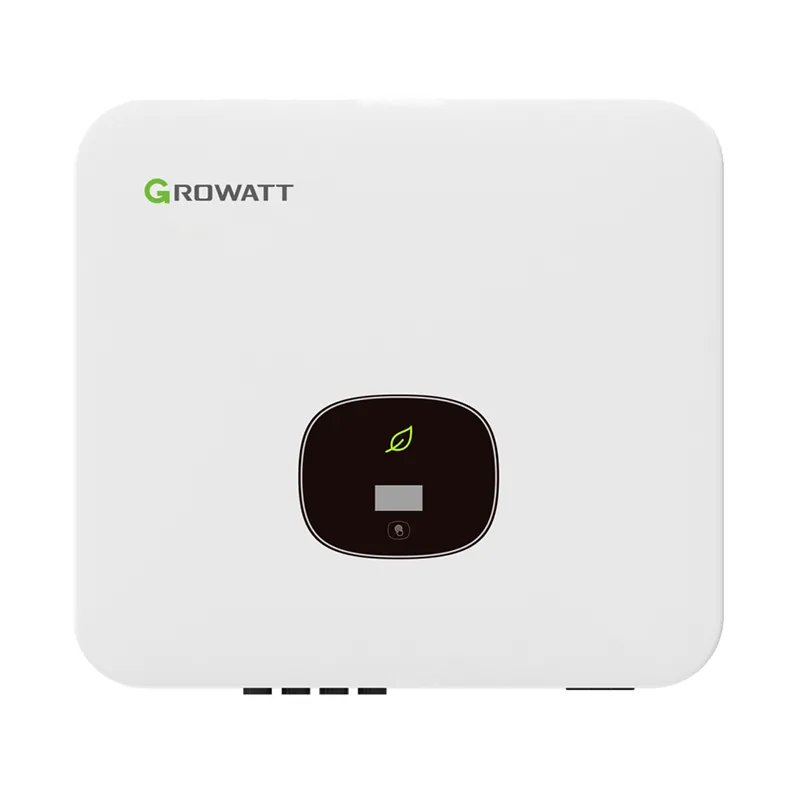Exploring the Efficiency of Contemporary Solar Panel Technology and Its Impact on Energy Solutions
The Efficiency of Modern Solar Panels
In recent years, the demand for sustainable energy solutions has surged, with solar power emerging as one of the most promising alternatives. As the world grapples with climate change and the depletion of fossil fuels, understanding the efficiency of modern solar panels becomes crucial for individuals, businesses, and governments alike. Solar panel efficiency refers to the amount of sunlight that can be converted into usable electricity. This article explores the current state of solar panel efficiency, the technologies that drive advancements, and the implications for the renewable energy landscape.
Historically, solar panel efficiency has been a crucial factor in determining the viability of solar energy as a mainstream power source. Traditional silicon-based solar panels have achieved efficiencies ranging from 15% to 22%. However, recent advancements in technology have led to significant improvements. For instance, monocrystalline solar panels, which are made from a single crystal structure, now boast efficiencies exceeding 22%. Some of the highest-performing models can reach up to 26%, demonstrating unprecedented levels of energy conversion.
The primary factors affecting solar panel efficiency include the type of materials used, the design of the panels, and environmental conditions. Technologies such as bifacial solar panels, which capture sunlight on both sides, are gaining traction and can increase overall energy output. Additionally, innovations in thin-film technology, although traditionally less efficient than crystalline panels, have made strides in recent years, particularly in applications where flexibility and weight are concerns.
One of the most exciting developments in solar technology is the rise of perovskite solar cells. These materials can be manufactured with lower costs and have shown potential efficiencies exceeding 28% in laboratory settings. The adaptability of perovskite materials allows for a variety of applications, from building-integrated photovoltaics to portable solar chargers, underlining their versatility in tackling energy needs across different sectors.
efficiency of modern solar panels

Despite these advancements, the efficiency of solar panels is not the sole criterion for their adoption. The cost-effectiveness, longevity, and environmental impact of manufacturing processes also play significant roles. As solar technology continues to progress, the balance between efficiency and cost becomes a focal point for manufacturers and consumers. The decreasing cost of solar installations, combined with government incentives in many countries, has positioned solar energy as a financially attractive option for reducing electricity bills and contributing to a sustainable future.
Another critical aspect is the efficiency of solar panels in real-world conditions. While laboratory tests provide ideal scenarios, factors such as temperature, shading, and angle of installation can greatly influence performance in practical use. Modern technologies incorporate better mounting systems and tracking mechanisms that allow panels to optimize their angle to the sun throughout the day, significantly boosting their overall output.
Moreover, as the grid continues to evolve and integrate more renewable sources, energy storage technology is becoming increasingly important. Efficient solar panels combined with robust battery systems can help manage energy supply and demand, ensuring that excess energy generated during peak sunlight hours is stored and used during times of low production.
In conclusion, the efficiency of modern solar panels has made remarkable strides, driven by advancements in materials and technology. While efficiency is a key attribute, considerations such as cost, versatility, and environmental impact play integral roles in the broader adoption of solar energy. As research continues and innovation flourishes, solar power is set to play an even more significant role in the global energy portfolio, promising a cleaner and more sustainable future.
-
String Solar Inverter: The High-Efficiency Solution for Smart Solar EnergyNewsJul.14,2025
-
Revolutionizing Rooftop Energy with the Power of the Micro Solar InverterNewsJul.14,2025
-
Power Independence with Smart Off Grid Solar Inverter SolutionsNewsJul.14,2025
-
On Grid Solar Inverter: Powering the Future with Smart Grid IntegrationNewsJul.14,2025
-
Monocrystalline Solar Panels: High-Efficiency Power for the Future of Clean EnergyNewsJul.14,2025
-
Bifacial Solar Panel: A Smarter Investment for Next-Generation Energy SystemsNewsJul.14,2025







